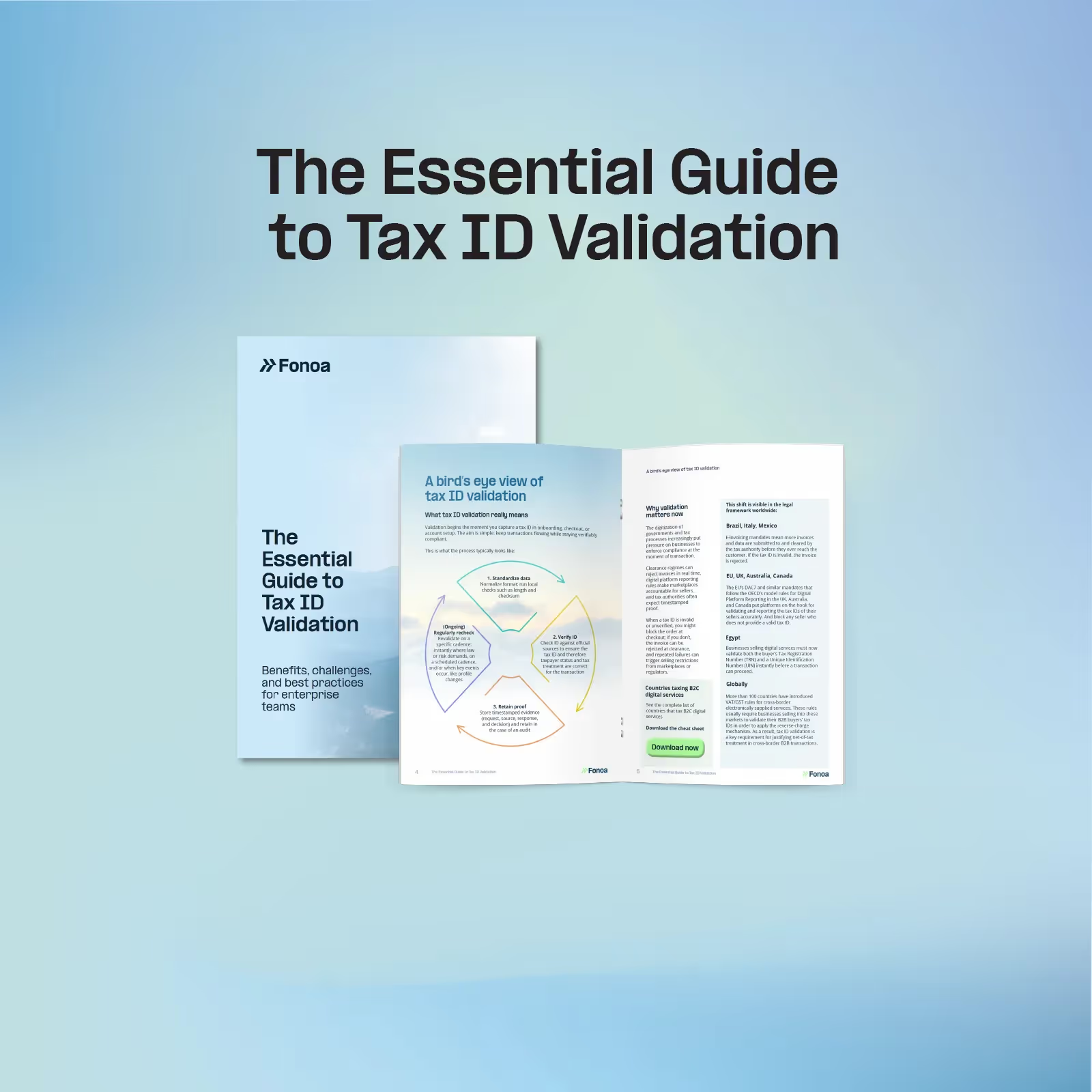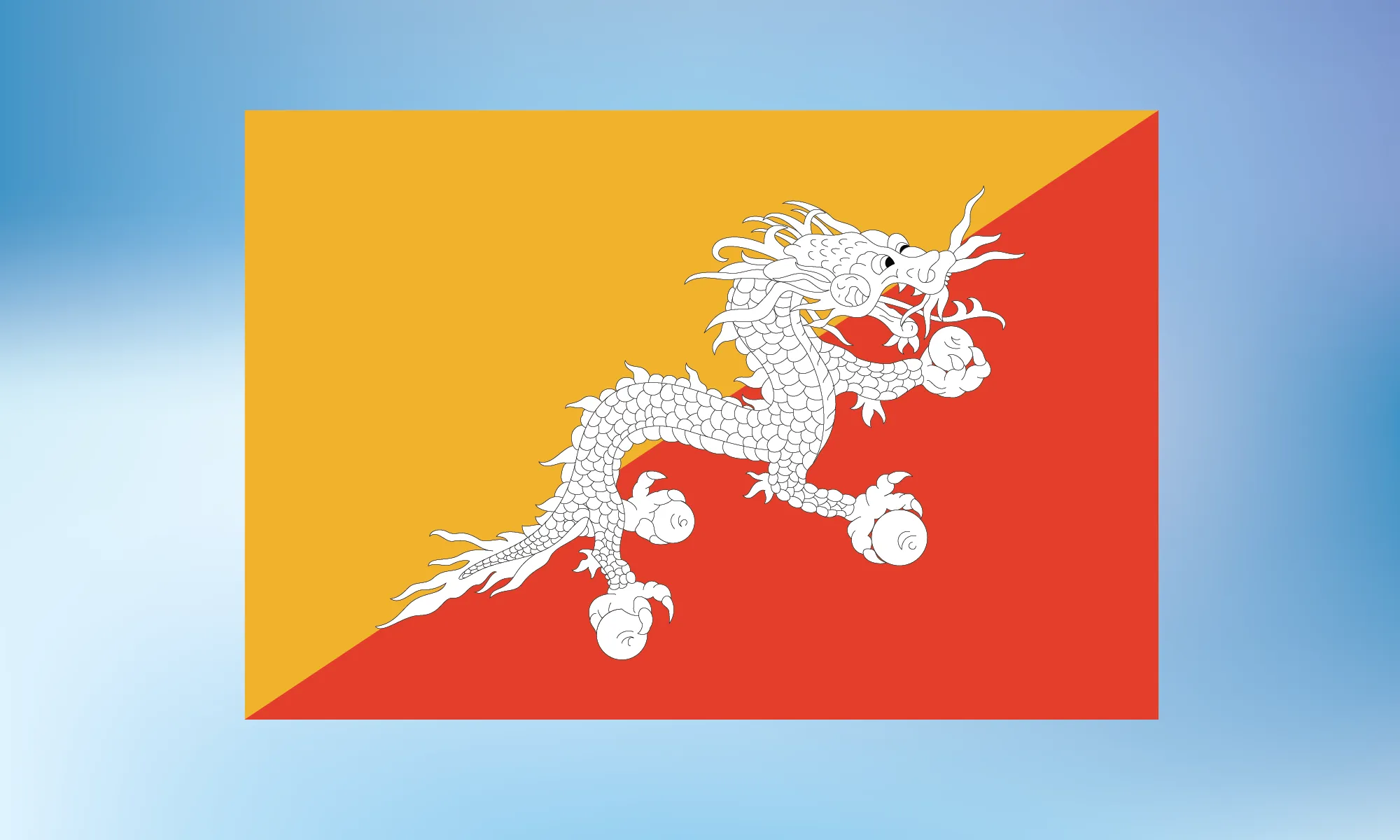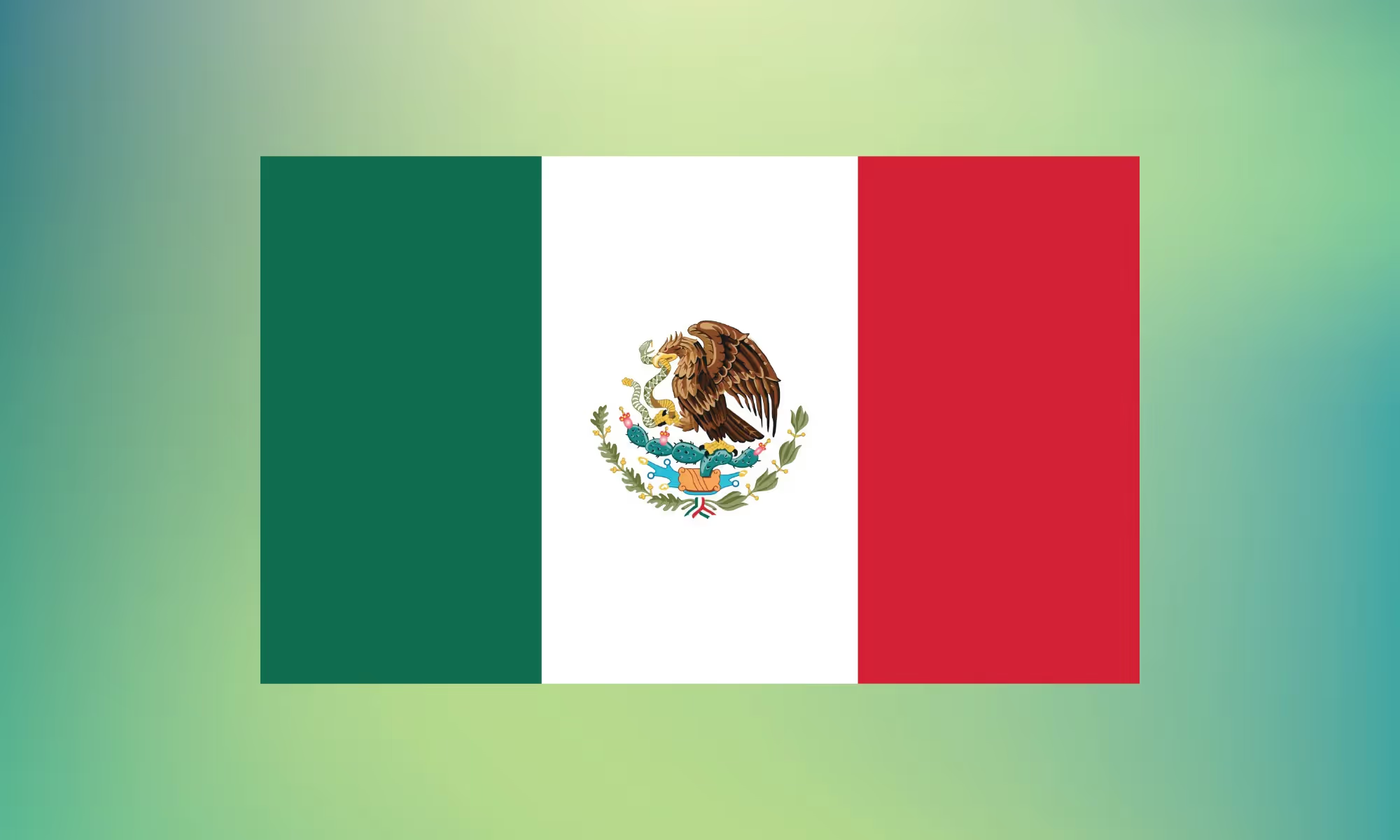If you work in tax or accounting, you're probably familiar with the reverse charge mechanism. It's a process in which the consumption tax is declared and paid to the government by the buyer, rather than the seller. This is particularly relevant for value-added tax (VAT) or goods and services tax (GST) on cross-border business-to-business (B2B) transactions.
While the basics of the reverse charge are well-known, there are several lesser-known rules and applications that could surprise you. In this article, we'll cover some of the lesser-known aspects of the reverse charge mechanism and provide practical examples to help you understand how it works.
Basics of the Reverse Charge Mechanism
Before we dive into the lesser-known aspects, let's briefly review the basics of the reverse charge mechanism. Here are four things that any VAT/GST practitioner should know:
- The buyer declares and pays the consumption tax to the government under the reverse charge mechanism. This is in contrast to the normal application of VAT rules, where the seller charges, collects, and remits VAT to the government.
- The reverse charge mechanism typically applies in cross-border B2B transactions involving taxable supplies of goods or services.
- The reverse charge may be used in specific domestic transactions to tackle tax fraud in certain supply chains, such as semiconductors, gas, electricity, razor blades, mobile phones, and carbon emissions.
- When the reverse charge mechanism is applied, it must be clearly stated on many tax invoices. A citation or reference to the reverse charge mechanism must be included on the invoice in many countries.
We’ve written more extensively about the basics of the reverse charge in another article.
Lesser-Known Aspects of the Reverse Charge Mechanism
Now that we've reviewed the basics, let's dive into some of the lesser-known rules and applications of the reverse charge mechanism. Here are some practical examples:
Reverse charge without declaration
In some cases, the buyer in a reverse charged transaction does not have to declare the reverse charge in a VAT or GST return. This is because the buyer can recover the input tax in full, resulting in a purely administrative requirement without any corresponding payment to the tax authorities. However, several countries have simplified this scenario by excluding such transactions from the scope of the reverse charge entirely meaning that the business customer is not even burdened with a reporting obligation.
Reverse charge with payment
Buying services from abroad and not having to suffer the temporary outlay of VAT/GST to the tax has one key benefit - cash-flow. This cash-flow benefit provides an advantage to foreign suppliers, especially in countries where the rate of tax is 20% or more. However, some countries require the business buyer to declare and pay the VAT even in cases where they are entitled to a full input tax credit on such purchases. In other words, the transfer of tax still has to be made to the tax authority. Only after the payment is made does the right to recover this VAT/GST arise.
Common AP mistakes caused by the Reverse Charge
A common mistake in manual accounts payable (AP) processes is when foreign vendor invoices that should be recorded as subject to the reverse charge are mistakenly recorded as "zero-rated" or "tax-exempt" domestic purchases. This mistake is easily corrected and does not result in any loss to the tax authority. However, this misdeclaration does become problematic for businesses who are not permitted to recover the full amount of input tax, such as those selling exempt services like financial services, education, certain types of healthcare, and gambling.
Reverse Charge on Services to Unregistered Businesses in the EU
In most transactions, the reverse charge mechanism only applies when the customer has a valid VAT/GST number. However, in the EU, it is possible in certain cases to treat a sale of cross-border services as subject to reverse charge even in cases where your customer does not have a VAT number. This is the case where a supplier has specific information to treat a customer as a taxable person, even though that customer has not communicated their individual VAT identification number. This information can vary depending on the country, but some platforms operating in the gig and sharing economy are already familiar with the information that is accepted across the EU.
Mandatory EU Invoice Wording
When the reverse charge mechanism is applied, specific wording must be included on the sales invoice. For cross-border transactions, the rules have been simplified to allow for a simple citation - "Reverse Charge." This was amended by the Invoicing Directive (Council Directive 2010/45/EU of 13 July 2010 amending Directive 2006/112/EC). However, for domestic reverse charge, other citations may still be necessary. As invoices still often need to be drawn up in the local language, businesses should be aware of how to mention the reverse charge mechanism on each invoice.
Conclusion
While the reverse charge mechanism is a fundamental concept in tax and accounting, there are several lesser-known rules and applications that businesses should be aware of. By understanding these rules, businesses can avoid costly mistakes and comply with local tax laws. If you have any questions or want to learn what you need to know about the EU reverse charge, reach out to a tax expert or consult with a tax automation platform like Fonoa.
How can Fonoa help?
How can Fonoa help with VAT reverse charge? Fonoa can support you in correctly applying the reverse charge in VAT/GST calculations and including the right citation on tax invoices.
- With Fonoa Lookup, you can instantly validate your buyers' tax IDs, helping you understand if you're selling to B2B or B2C and applying the reverse charge correctly to cross-border transactions.
- Fonoa Invoicing ensures your tax invoices apply accurate citations in the relevant languages.
- Fonoa Reporting future-proofs your business to comply with existing and future digital reporting and e-invoicing requirements globally.
- Fonoa Returns ensures your reverse charge transactions are correctly reported in the right boxes of your VAT and GST returns.
Contact us to learn more about how our tax experts can help you automate your VAT compliance process.
















